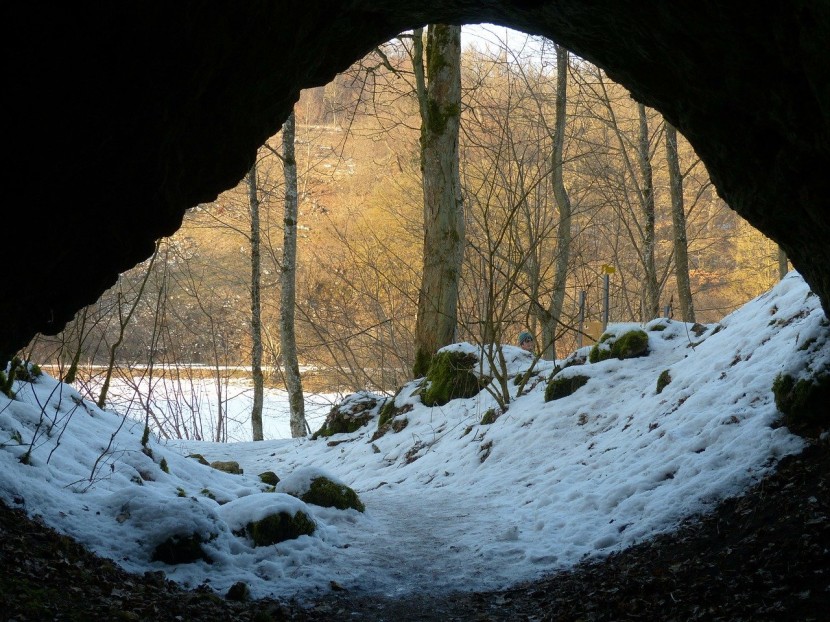
In the Russian Arctic, the Ice Age cave bear's remains were discovered and were estimated to be potentially aged 39,500. It is the first time scientists have witnessed a bear this old with soft tissues still unimpaired.
Found in the Lyakhovsky Islands
The ancient finding revealed by the melting permafrost was found in the Lyakhovsky Islands with its teeth undamaged. Scientists earlier merely had been able to locate cave bears' bones that became extinct 15,000 years ago.
North-Eastern Federal University (NEFU)
According to scientists from North-Eastern Federal University (NEFU) in Yakutsk in a statement, reindeer herders on Great Lyakhovsky island in the New Siberian Islands archipelago found the relics. NEFU is hailed as the premier research center into fleecy mammoths and other species of the primitive ice age.
From 22,000 to 39,500
The scientists also stated that preliminary analysis indicated that the adult cave bear lived between 22,000 and 39,500.
According to senior researcher Maxim Cheprasov from the Mammoth Museum laboratory in Yakutsk, radiocarbon dating will be used to obtain a more precise figure.
In the statement released by the university, researcher Lena Grigorieva underscored that "this is the first and only find of its kind -- a whole bear carcass with soft tissues," reported Hindustan Times.
She added, "It is completely preserved, with all internal organs in place, including even its nose. This find is of great importance for the whole world."
The flesh or internal organs also remain to be intact.
Ursus spelaeus, the Ice Age cave bear's species, endured during the final Ice Age then went extinct 15,000 years previously.
Of World Importance
The scientists tout is as a discovery of "world importance."
In studying extinct cave bears, paleontologists have regularly dealt with scattered bones and the occasional skull.
Radiocarbon Dating
The scientists would use radiocarbon analysis on the bear specimen in order to distinguish the age of the bear.
According to researcher Maxim Cheprasov, "It is necessary to carry out radiocarbon analysis to determine the precise age of the bear," reported Los Angeles Times.
The researchers stated that the bear carcass is the most huge of the Lyakhovsky Islands, which are part of the New Siberian Islands archipelago that is located between the Laptev Sea and the East Siberian Sea.
The cave bear (Ursus spelaeus) is a prehistoric species that thrived in Eurasia in the Middle and Late Pleistocene period. It became extinct at an estimated 15,000 years ago.
Scientists earlier only had the bone of cave bears for assessment. The species, or subspecies, thrived in Eurasia in the Middle and Late Pleistocene period.
In recent years, major findings of mammoths, ice age foal, woolly rhinos, cave lion cubs, and many puppies were discovered as the permafrost inside the Arctic Circle dissolves.
The reindeer herders' significant finding of the Ice Age cave bear came as the identical well-preserved carcass of a cave bear cub was discovered in another area in Yakutia's mainland, reported Independent.
Related Article: Oldest 'Human' DNA Found in Spanish Bone Pit








